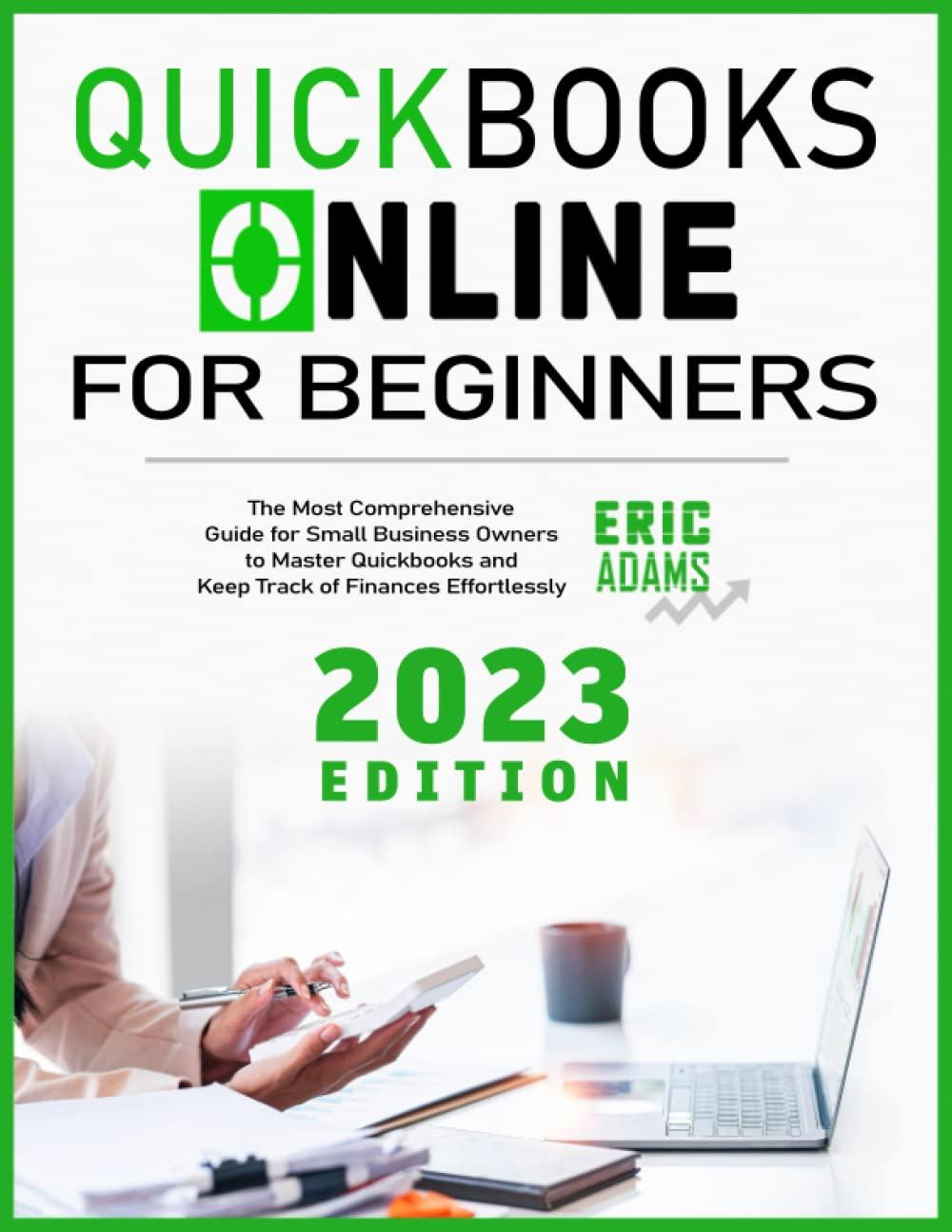Answered step by step
Verified Expert Solution
Question
1 Approved Answer
Jan. 1 Beginning inventory Jan. 10 Sold Mar. Mar. 15 Sold July 28 Purchased 3 Purchased Oct. Oct. 5 Sold 7 Purchased = 130 units
Jan. 1 Beginning inventory Jan. 10 Sold Mar. Mar. 15 Sold July 28 Purchased 3 Purchased Oct. Oct. 5 Sold 7 Purchased = 130 units @ $ 6.70 = $ 60 units @ $15.20 270 units @ $ 6.00 120 units @ $15.20 520 units @ $ 5.80 470 units @ $ 5.70 610 units @ $15.20 = Jan. 10: 60 units from beginning inventory Mar. 15: 30 units from beginning inventory, and units from the March 7 purchase 90 Oct. 5: 155 units from the July 28 purchase, and 455 units from the October 3 purchase Assume that Car Armour specifically sold the following units: Answer is complete but not entirely correct. Ending inventory Cost of goods sold = Calculate cost to be assigned to ending inventory and cost of goods sold. (Round your final answers to 2 decimal places.) $ 3,545.50 4640 50. 871.00 912.00 1,620.00 1,824.00 3,016.00 2,679.00 9,272.00

Step by Step Solution
There are 3 Steps involved in it
Step: 1

Get Instant Access to Expert-Tailored Solutions
See step-by-step solutions with expert insights and AI powered tools for academic success
Step: 2

Step: 3

Ace Your Homework with AI
Get the answers you need in no time with our AI-driven, step-by-step assistance
Get Started


